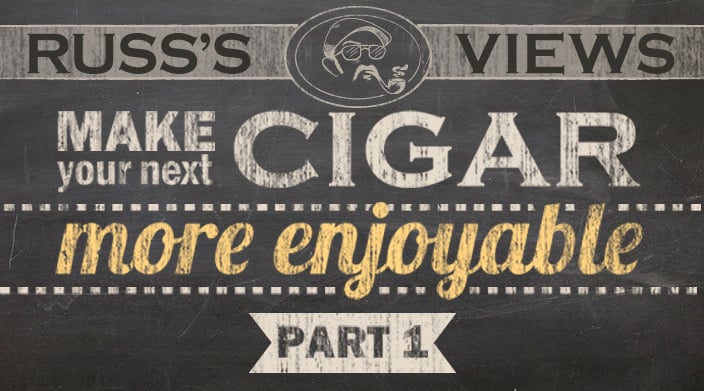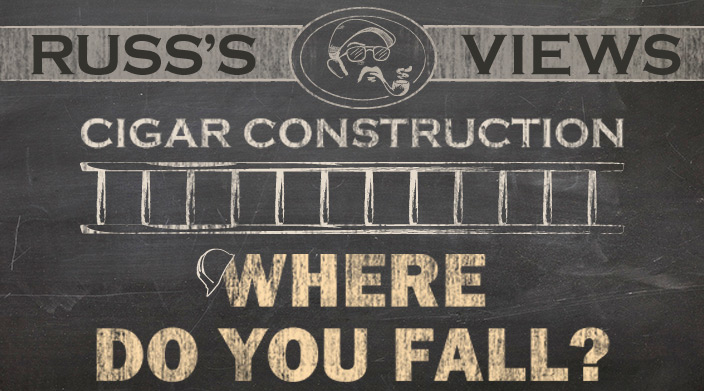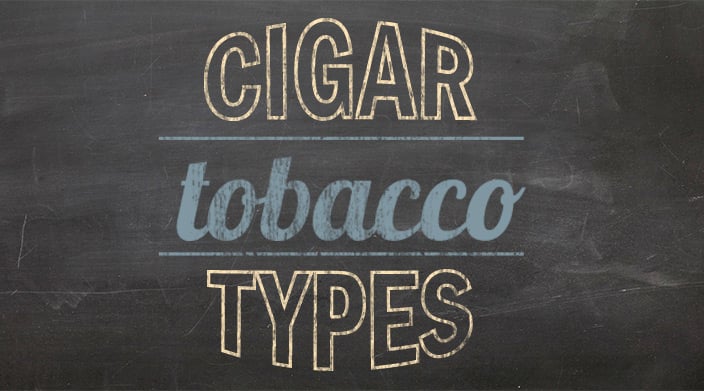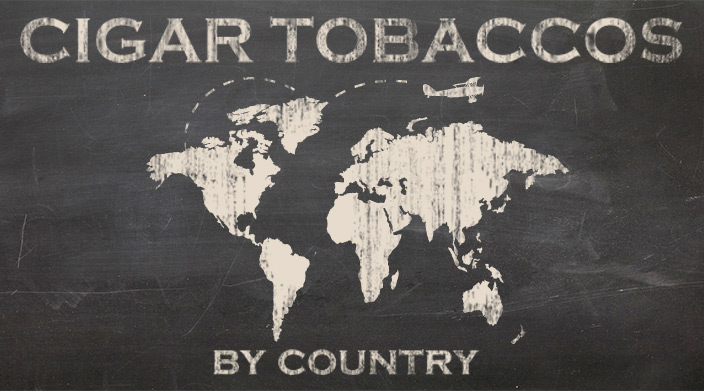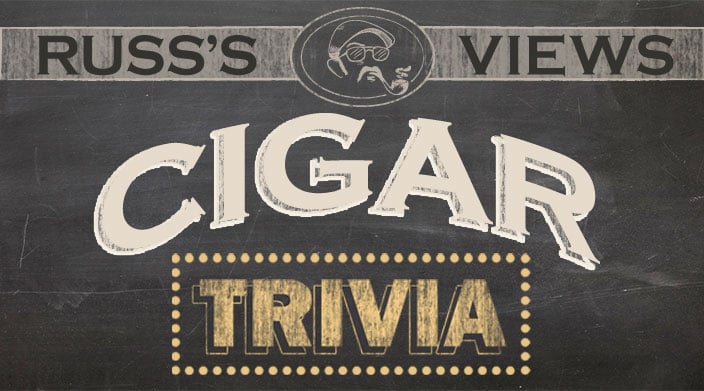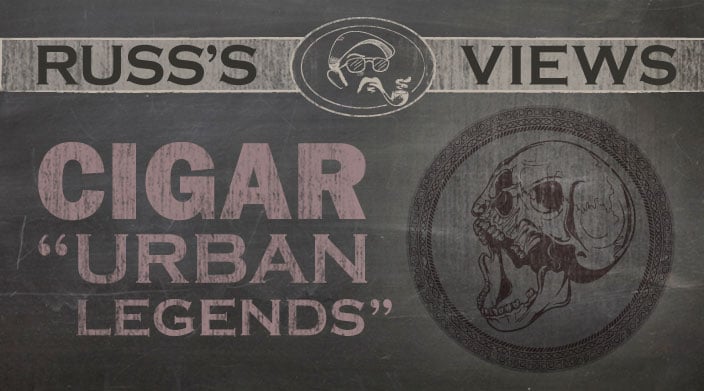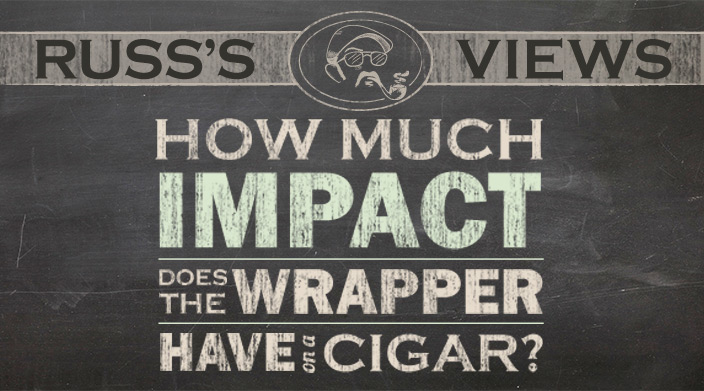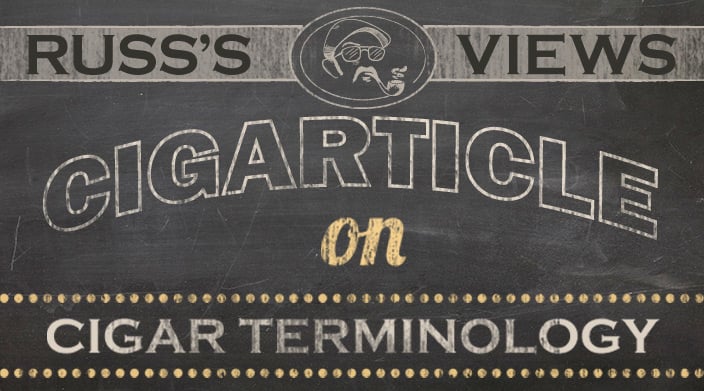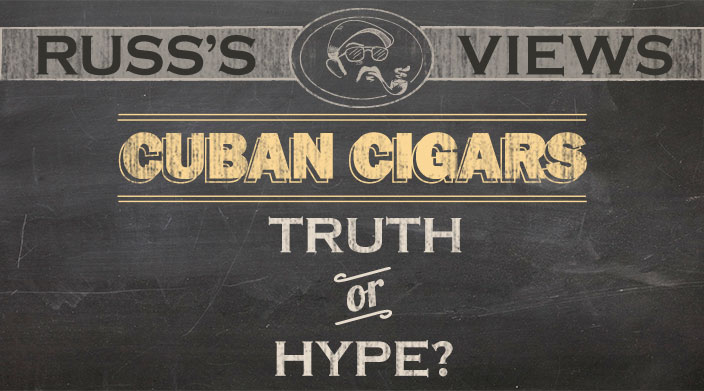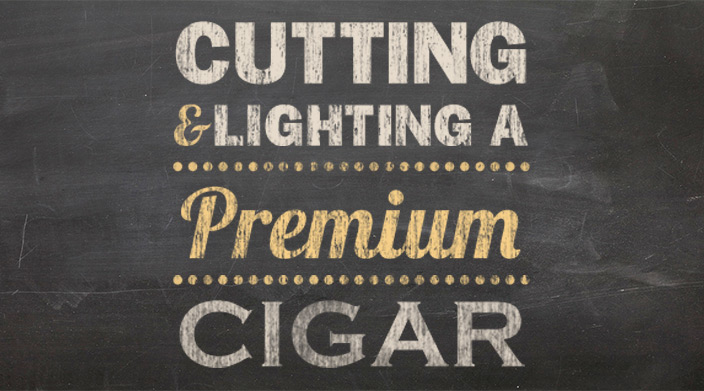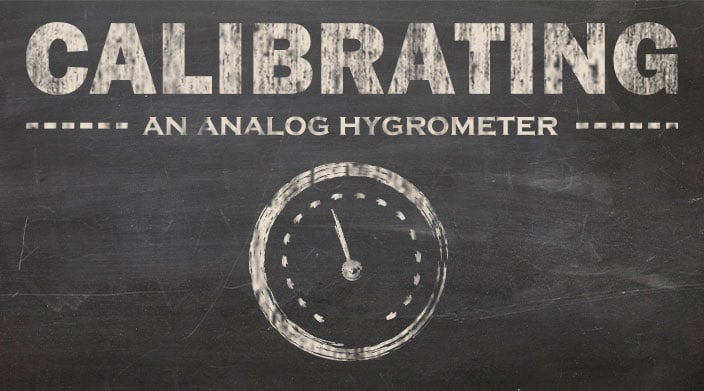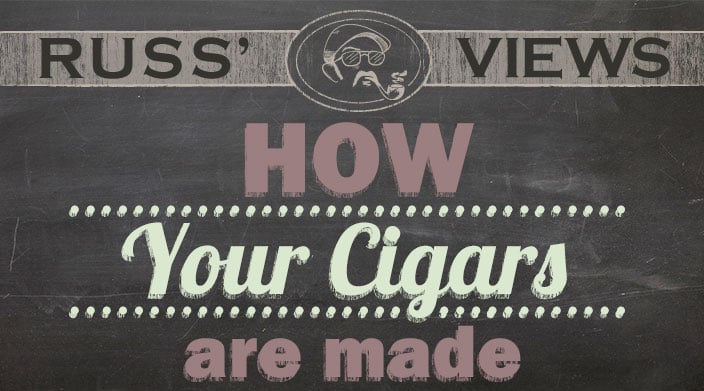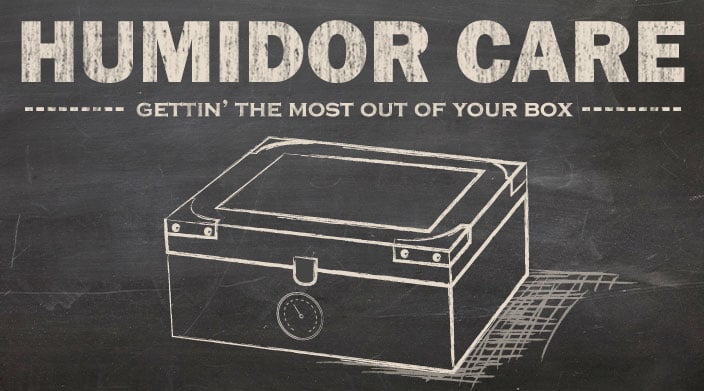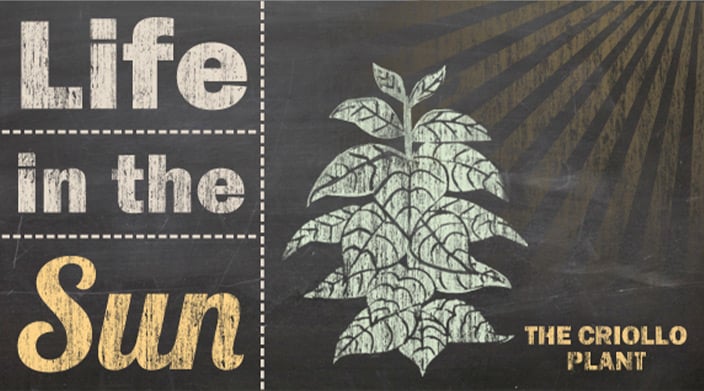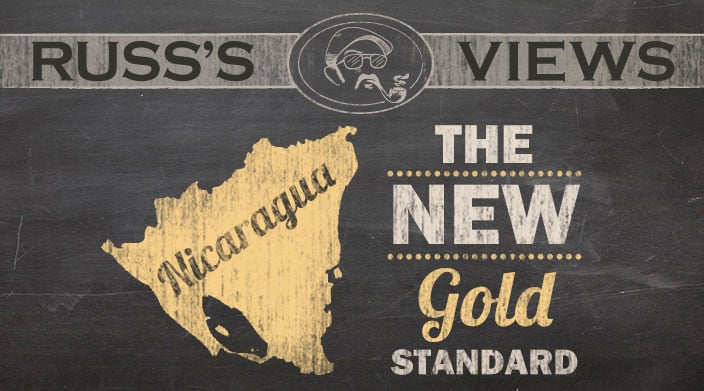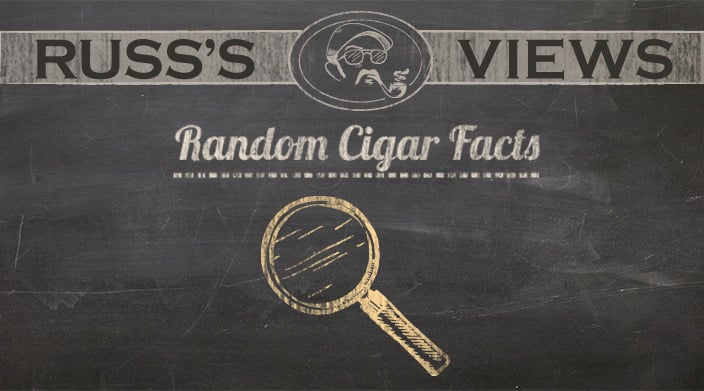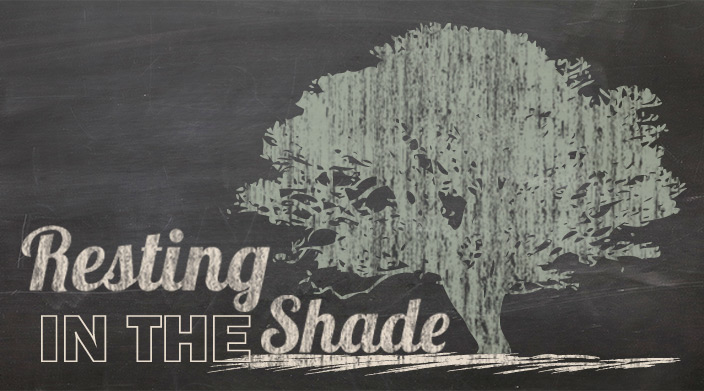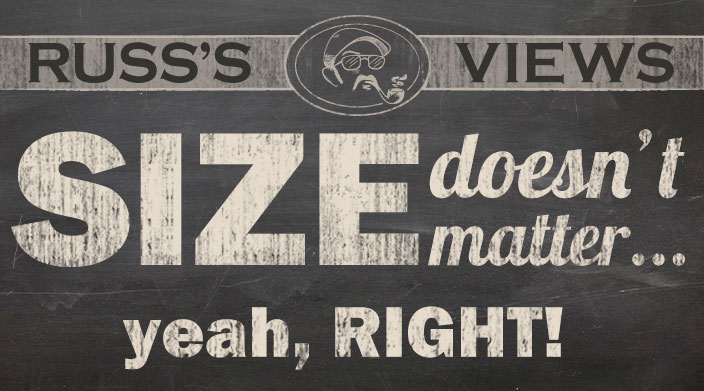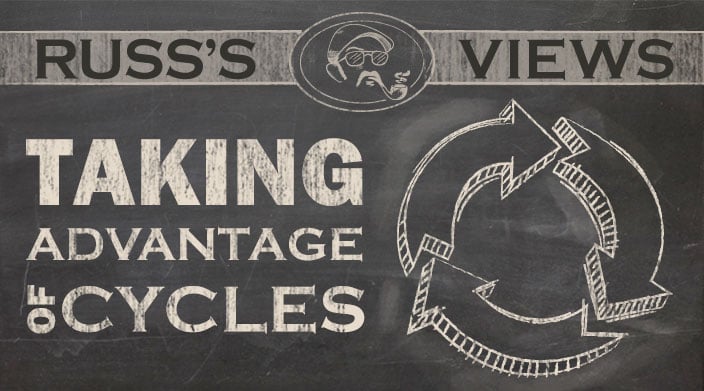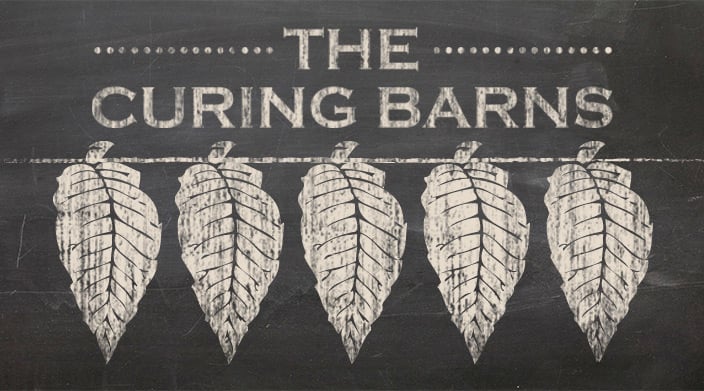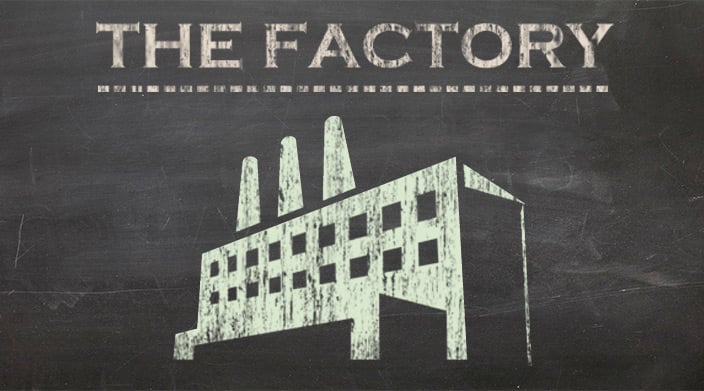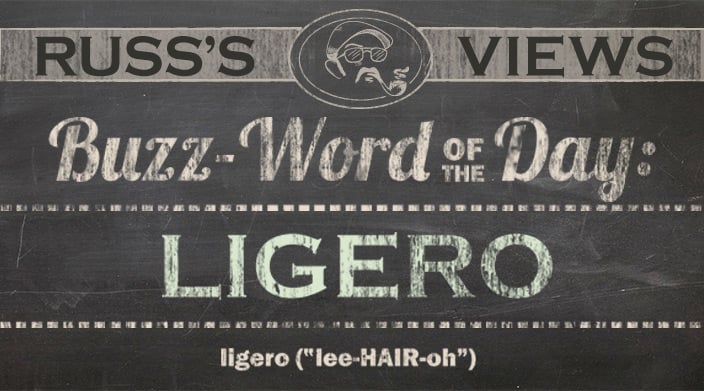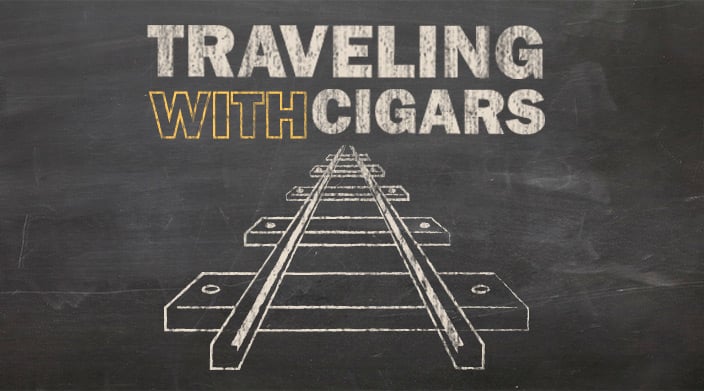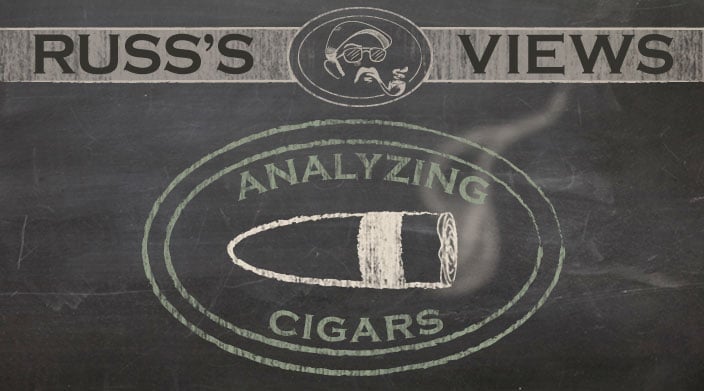There are a number of techniques and procedures for smoking cigars that some people believe are gospel, while others think that it’s all extraneous, puffy garbage. The truth, as with most things, lies somewhere in-between. I’ll run some of these ideas past you, and you can determine for yourself if you want to try them. At the very least, I might be able to explain why people use these methods, and why they may have value.
Cutting- There are a number of ways to cut a cigar- straight cut, v-cut, punch, and pierce. I recommend the straight cut, using a double guillotine cutter, and here’s why- the straight cut allows for the most even airflow, and reduces the furnace effect, which is caused by a draw hole that is too small for the ring gauge. When a cigar is punched or pierced, the draw pulls the heat toward the center of the cigar, and, especially if the wrapper is thick and/or leathery, will promote tunneling (the tobacco burns up the middle of the filler, leaving the wrapper wrinkled, and the smoke to become extremely hot.
V-cuts also have the problem of allowing a somewhat restricted airflow, but not as bad as piercing or punching, but it can cause another problem. Since this v shaped slot means that there is an uneven amount of cap going around the perimeter of the head, the head can split (if the cut is up and down), or collapse (if the slit is side to side) if any bite pressure is put on the cap.
The reason many people avoid straight cutting is the difficulty in getting a clean cut that doesn’t remove too little or too much of the cap. Don’t worry about taking too thin a cut; you can always go back and make another pass. But taking too much off the top may cause big problems. If you remove the entire cap, the wrapper may unravel. To avoid this problem, lay the open cutter on a table top and drop the head of the cigar into the opening. Hold the cigar upright and do not put pressure on the cigar while cutting as this will compress the head and result in cutting off too much cap. Then just snap the cutter shut, and it will shave the right amount of leaf from the head. After a while, you’ll begin to get a feel for using a guillotine cutter and won’t need the table.
Lighting a cigar- There are a number of different ways to light a cigar in terms of technique and equipment, and sometimes making sense of them is difficult, but hopefully this will help you. One thing that I consider an absolute if you want the best flavor from your cigar- the foot of the stick should be toasted before putting the cigar in your mouth and lighting. To do this, hold the cigar at a 45 degree angle to the ground and hold the flame directly below the foot of the cigar, taking care not to let the flame touch the tobacco. When the foot blackens completely, make sure that the bottom edge of the wrapper has been singed as well. Then the cigar is ready to put in your mouth. The reason for doing this is to burn off any ammonia that may have collected in the foot. This happens because the ammonia (from natural fermentation) wants to escape, and the only place it can do so is the foot, so any ammonia left in the cigar is almost certain to be in the foot. Toasting will burn it away.
But what should you use to light your stogie? There are a number of choices, each with advantages and disadvantages, and here they are: Cedar spill- this is a thin piece of cedar that is ignited and used in the same manner as a match. Why not just use a match? Well, the cedar will be lit from another source of flame, so there won’t be any chemical flavor from the match head. Also, cedar is a sappy wood, which means it should burn with a decent sized flame and fairly slowly, which gives you time to toast and light. Why do people like this method? First, it produces a low temperature flame, and using a cooler flame will allow for the best flavor. High temps tend to cause a chemical flavor when lighting tobacco. Also, cedar is an aromatic wood that has an aroma that is compatible with cigar leaf, so it adds a pleasant dimension to the first few puffs of your stick.
Wooden match- Better than a lighter and more convenient than cedar, wooden matches represent the best compromise. They have the same low temp as cedar, but you don’t have to find some way of lighting them. As long as the taste of cedar isn’t something you can’t live without, a match will be the best bet, on average.
Soft-flame butane lighters- These lighters have a hotter flame than a match, but are still fairly cool flame, and they’re very convenient. And as fuels go, butane is virtually tasteless, so it will do a good job, overall. Torch-flame butane lighter- Torches have a flame about twice as hot as a soft-flame, and the flame is shot with a fair amount of force. This is great for use outside, as these lighters are pretty much windproof. The problem with torches is that the higher temperature of the flame will distort the flavor of the cigar and the force of the flame can push gases back up into the cigar. This is why it’s recommended to use torch lighters at a 45 degree angle. Liquid fuel lighters- Because even the newer “odorless” fuel has an aroma and taste to it, these lighters are generally not advised for use with premium cigars as the odor of the fuel will get up into the filler and will take a few puffs to disappear.
A good compromise- there are a few lighters from Integral-Style that are a kind of hybrid. They could be classified as windproof soft-flame. The Lotus 2200 series and the Porsche Design PD3 have a wide soft flame with a glowing coil beneath it, so if a wind blows it out, the coil will relight it. The wide flame allows for a more even and complete light, and being a soft flame, the temperature is more moderate. If you need a windproof lighter for cigars, I feel that these are the most satisfactory. I’ll have more tips of this sort coming soon, so check back.




